Color Identification Normal Math Worksheets for Ages 3-8
12 filtered results
-
From - To
Discover engaging and educational "Color Identification Normal Math Worksheets" designed for children aged 3-8. These vibrant worksheets aim to foster essential math and color recognition skills through fun, age-appropriate activities. Kids will enjoy identifying colors, practicing counting, and recognizing patterns, all while developing their mathematical abilities. Perfect for early learners, these printables offer a delightful way to reinforce classroom learning at home. Boost your child's confidence and skills with interactive tasks that make learning enjoyable and effective. Visit Kids Academy today to explore our wide selection of worksheets tailored to captivate young minds.
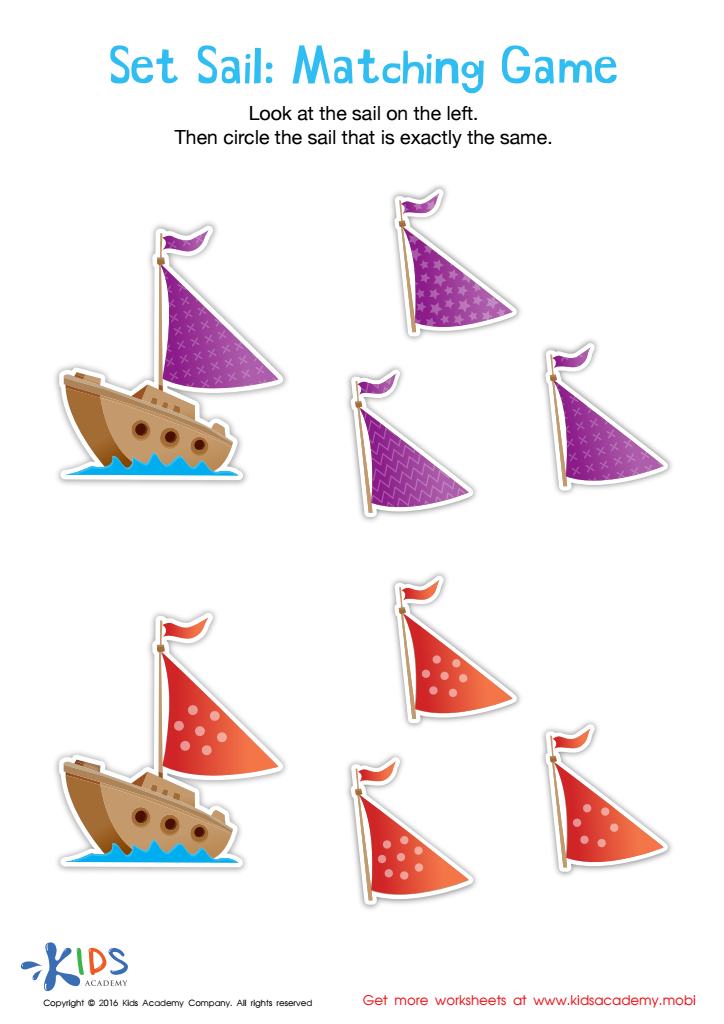

Set Sail Worksheet
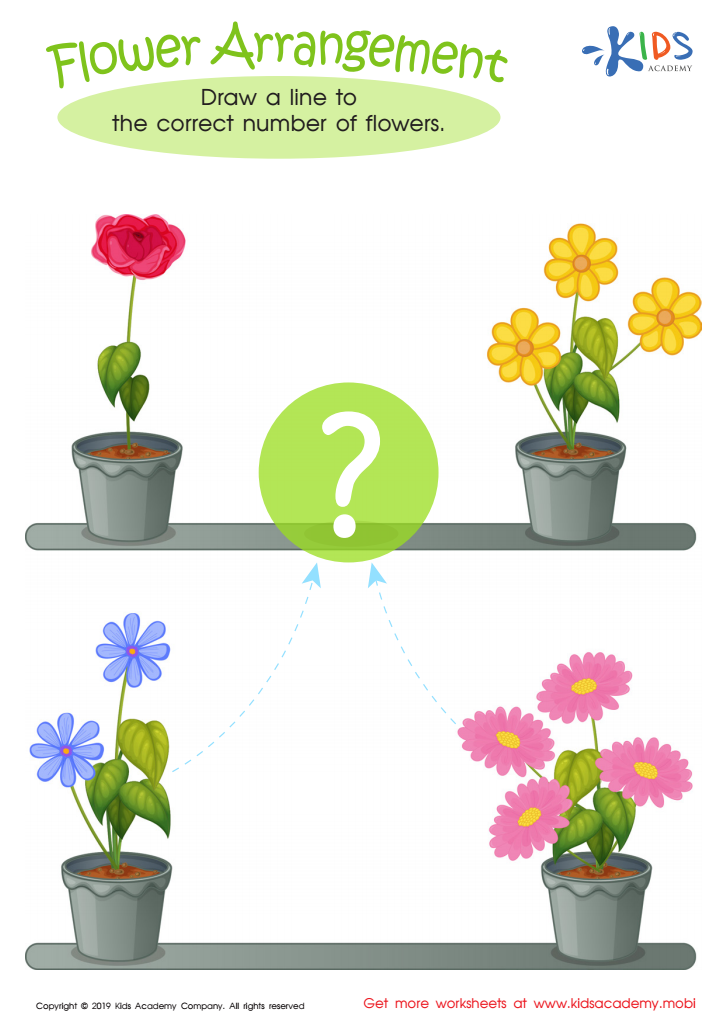

Flower Arrangement Worksheet
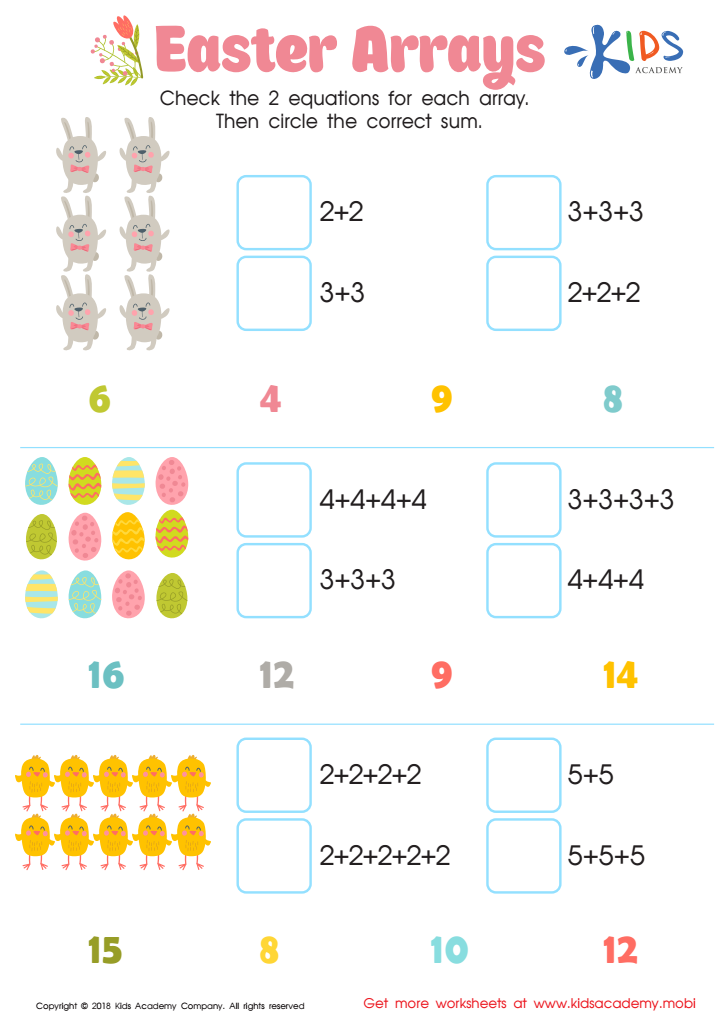

Easter Arrays Worksheet
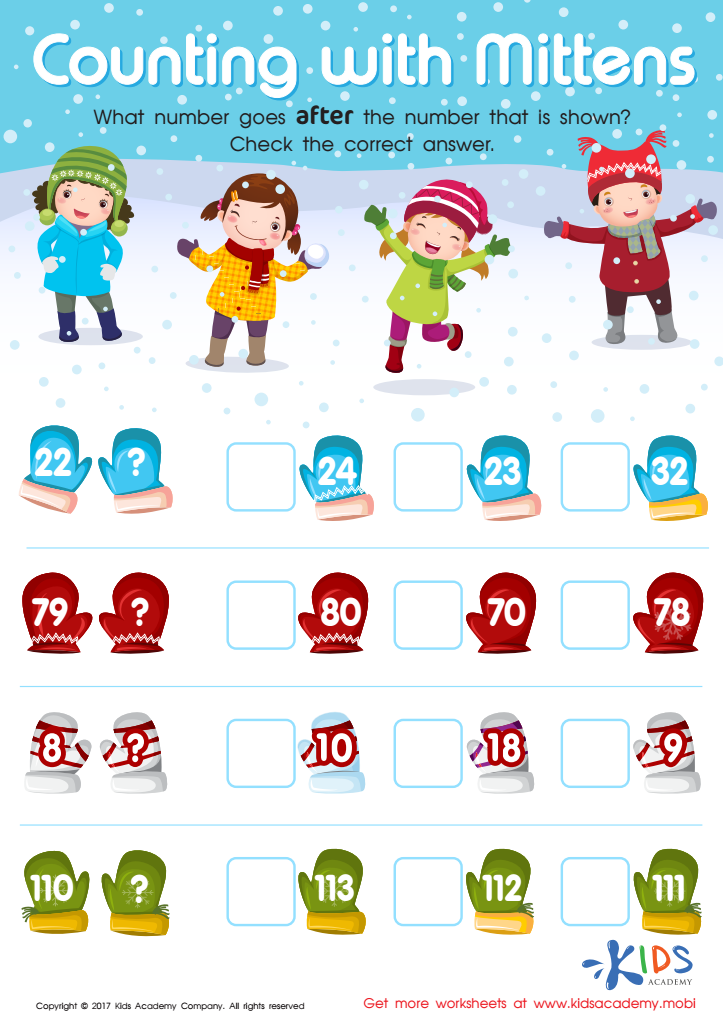

Counting with Mittens Worksheet
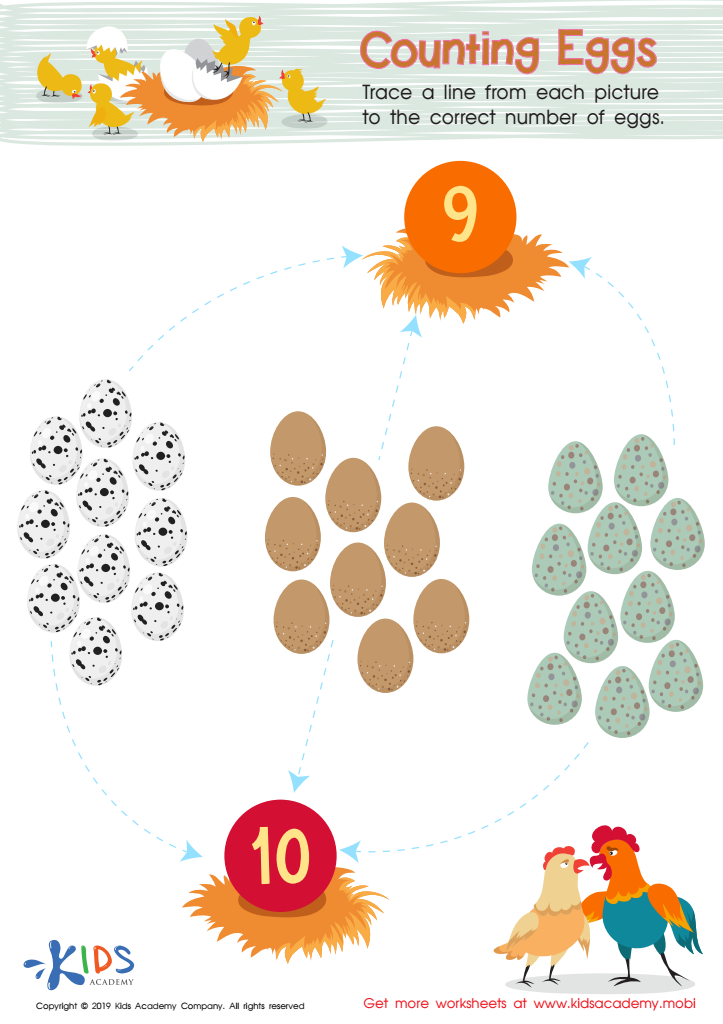

Counting Eggs Worksheet
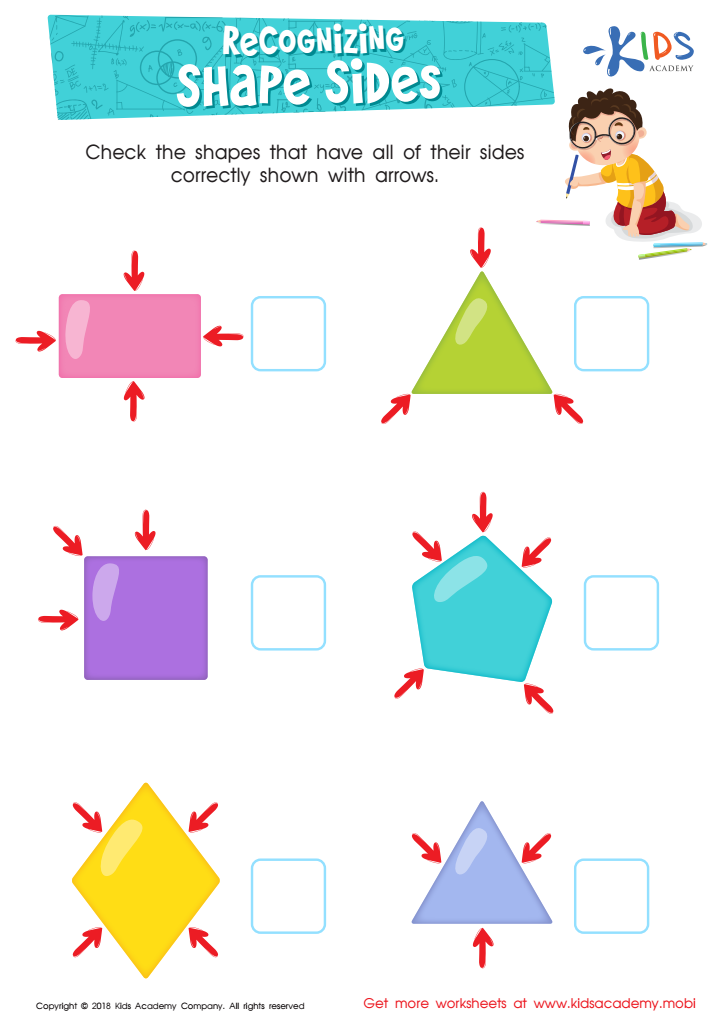

Recognizing Shape Sides Worksheet
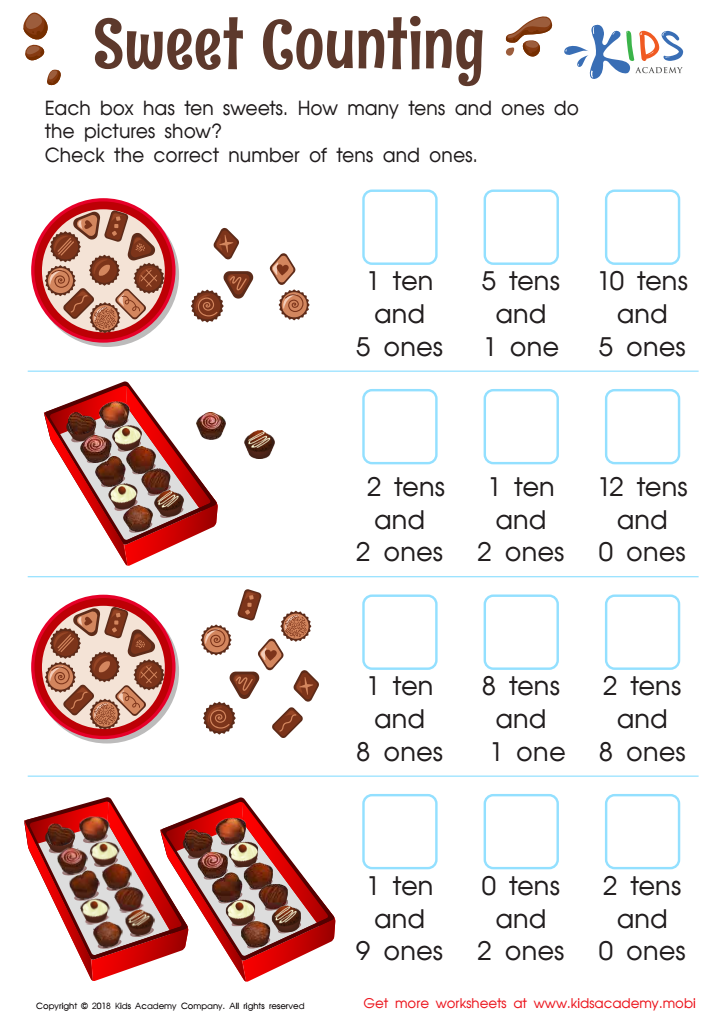

Sweet Counting - Part 2 Worksheet
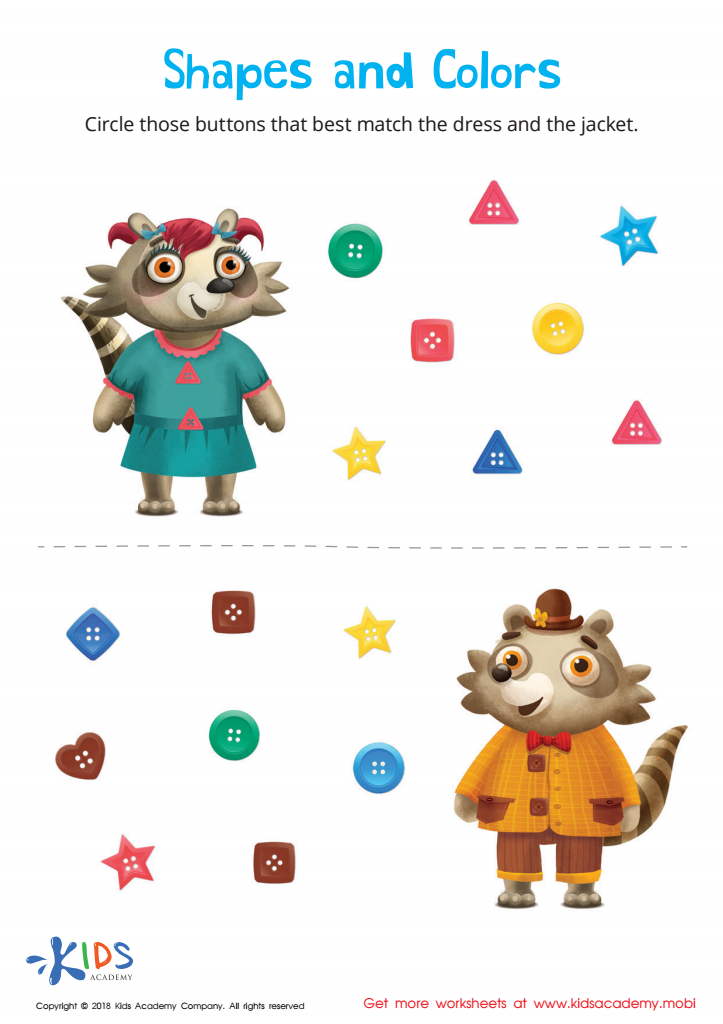

Shapes and Colors Worksheet
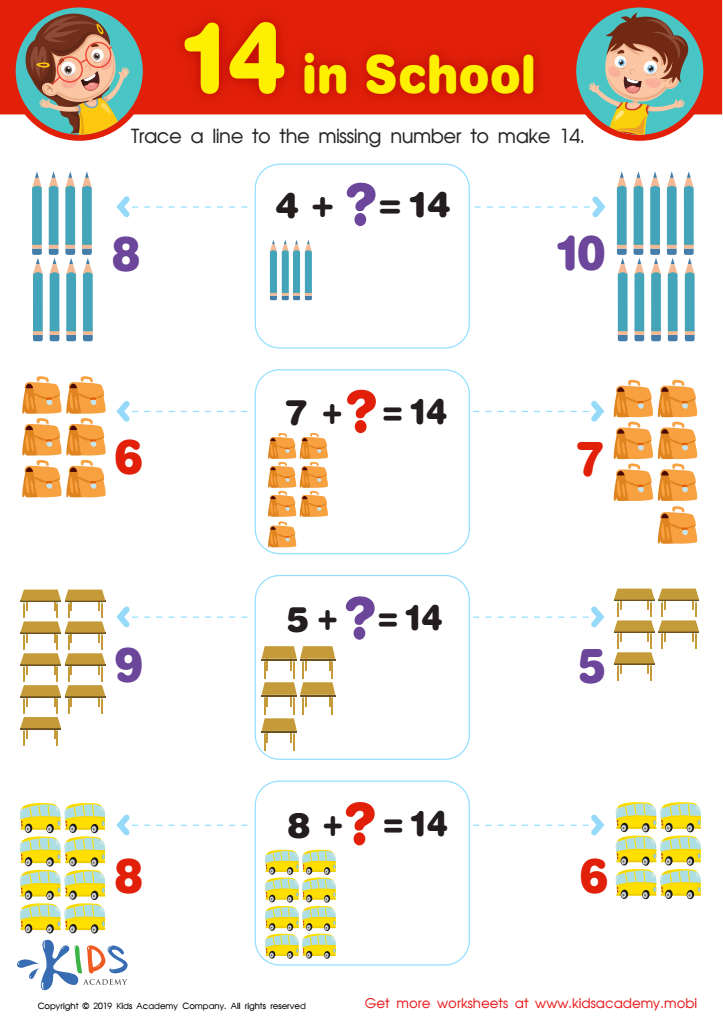

14 in School Worksheet
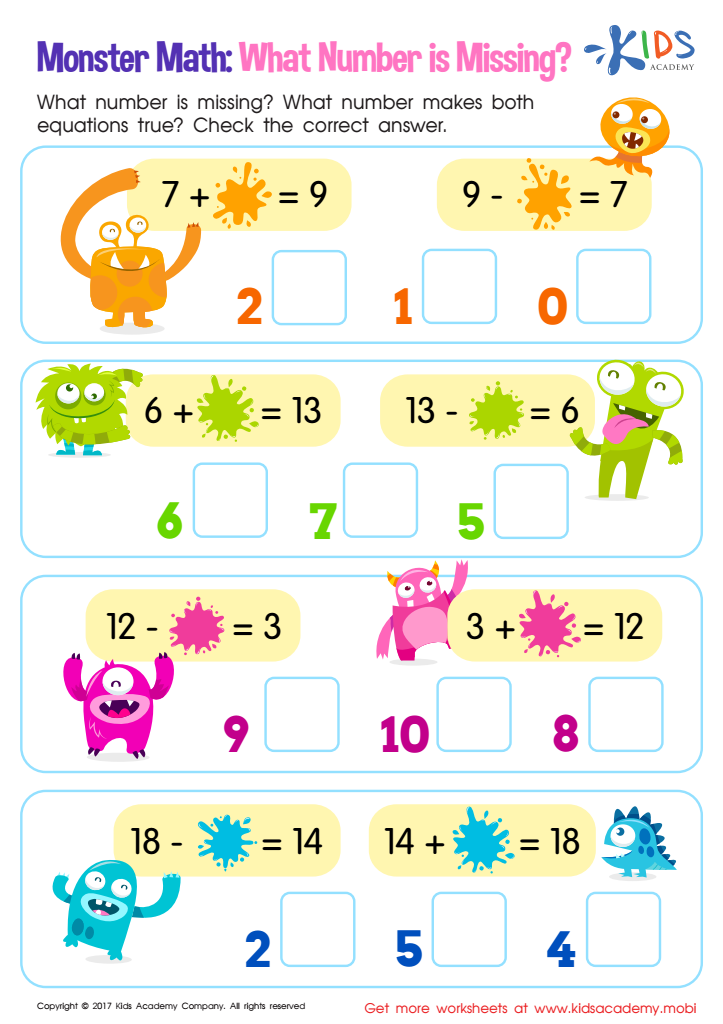

Missing Number: Monster Math Worksheet
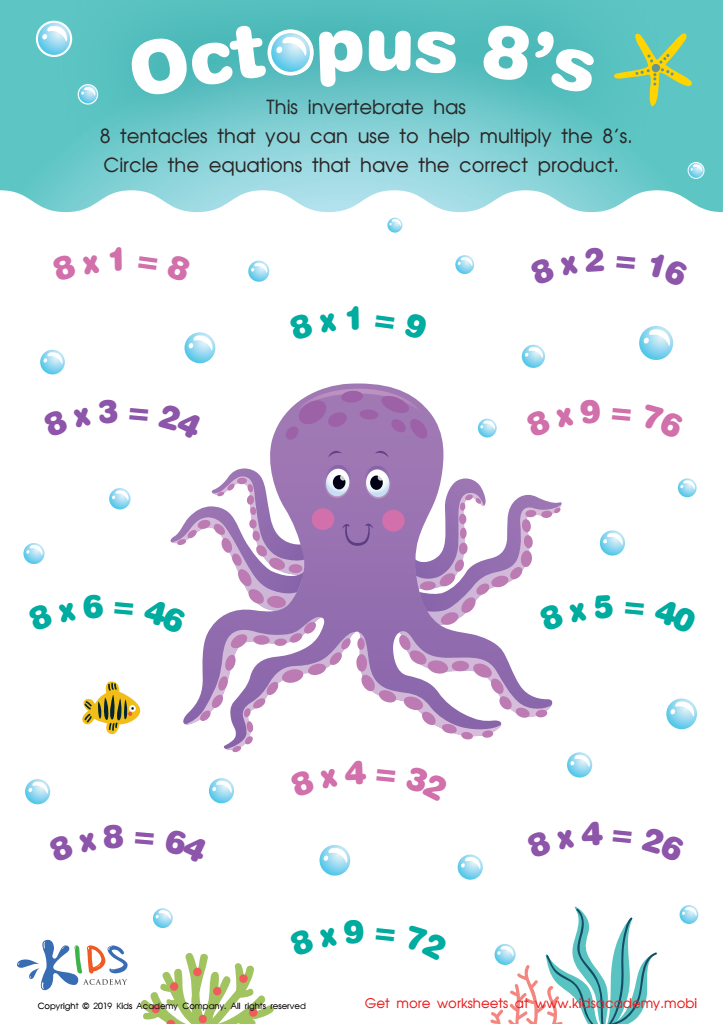

Octopus 8’s Worksheet
Color Identification and Normal Math for children ages 3-8 are foundational components crucial for early childhood development. Both skills interconnect and significantly impact a child's cognitive growth, academic readiness, and problem-solving abilities.
Color identification enhances a child's visual discrimination, language development, and ability to categorize objects. Recognizing and naming colors is one of the initial steps in the learning process which builds verbal expression and vocabulary skills. It aids in sensory experiences and can even influence mood and emotional development, contributing to social interactions and collaborative play.
Normal math, covering basic concepts such as counting, recognizing numbers, and simple arithmetic, sets the groundwork for all future math learning. Mathematics fosters logical thinking, pattern recognition, and the ability to work out problems systematically. Introducing these concepts early enables smoother transitions into more complex math topics evaluated in school settings.
Integrating color identification with math lessons can make learning more engaging and accessible for young children. For example, using colored objects for counting exercises marries both competencies, fostering an enriching, multifaceted approach to understanding the world around them.
Facilitating these skills during early years equips children with critical cognitive tools that shape their academic trajectory and lifelong learning habits. Parents and teachers prioritizing these fundamental domains unlock opportunities for enhanced intellectual and personal growth in children.
 Assign to My Students
Assign to My Students
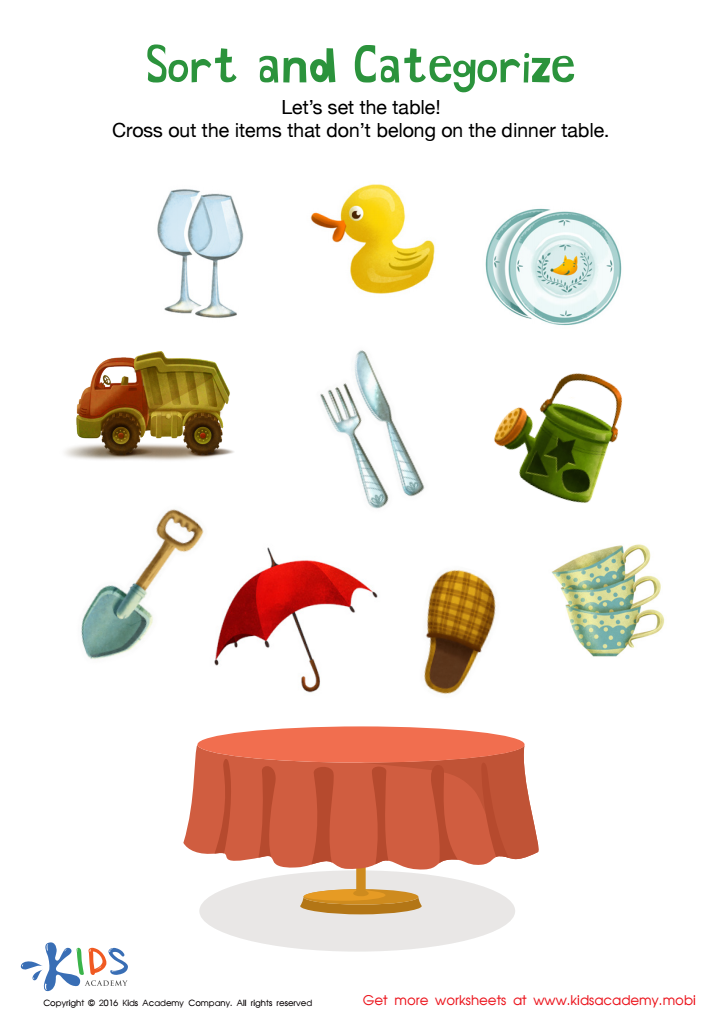




.jpg)











